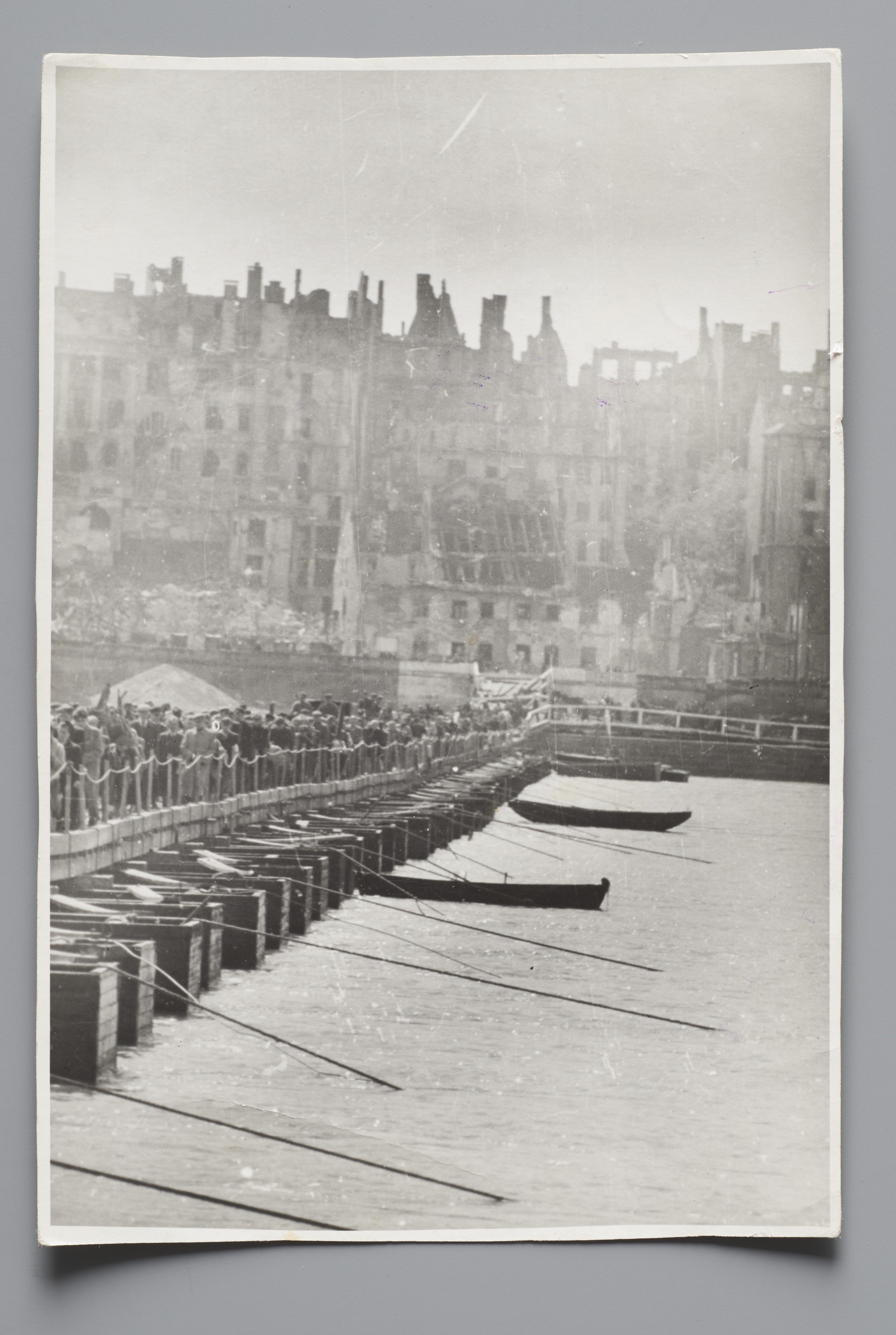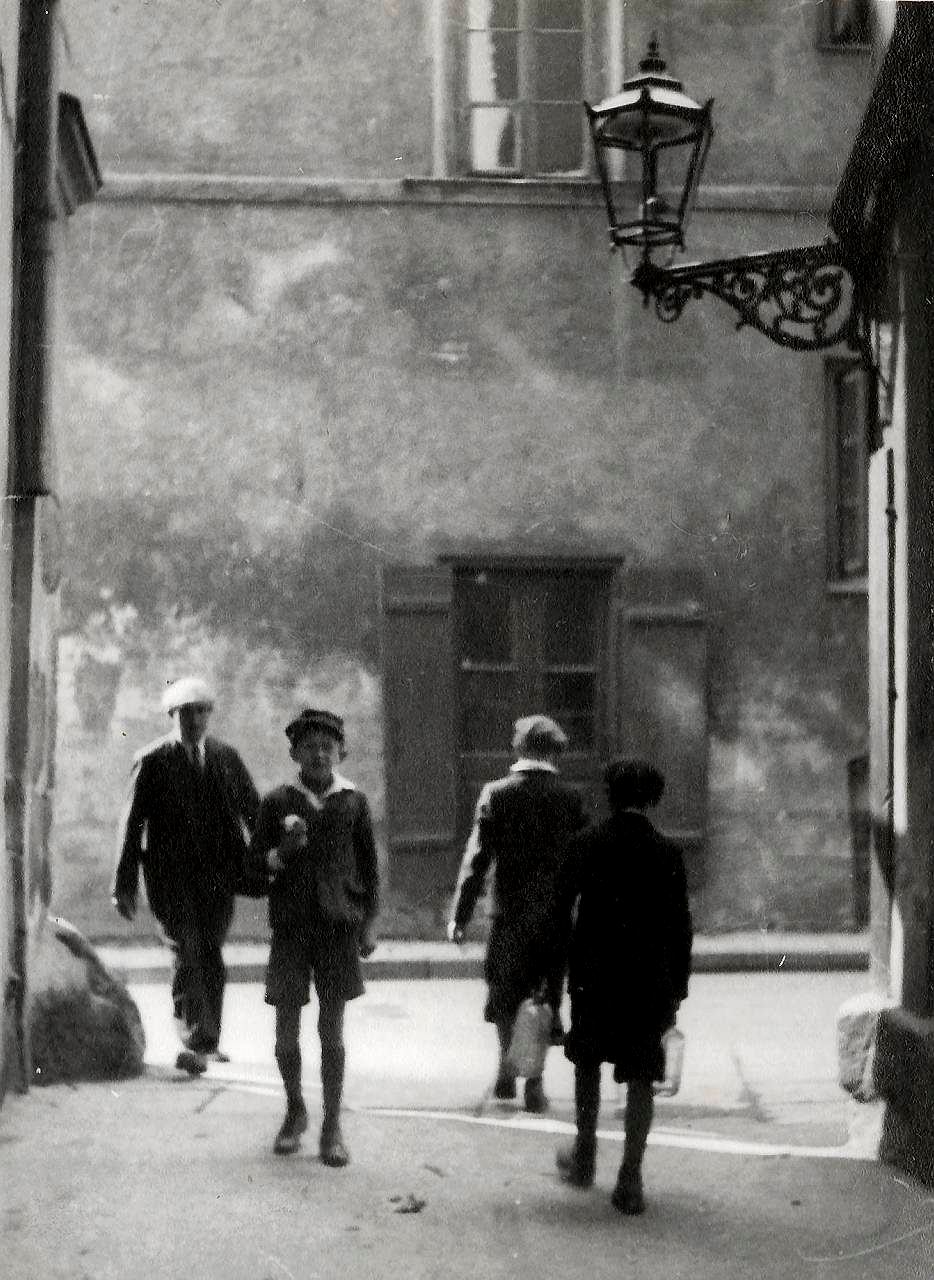As some of you know, DailyArt's home is primarily in Warsaw, Poland. On October 2, 1944, the Warsaw Uprising, the single largest military effort taken by any European resistance movement during World War II, which was fought for 63 days, ended. Its aim was to liberate Warsaw from German occupation, but it ended with tragedy: it is estimated that about 16,000 members of the Polish resistance were killed, and between 150,000 and 200,000 Polish civilians died, mostly from mass executions. Jews being harbored by Poles were exposed by German house-to-house clearances and mass evictions of entire neighborhoods. Together with earlier damage suffered in the 1939 invasion of Poland and the Warsaw Ghetto Uprising in 1943, over 85% of the city was destroyed by January 1945 when the course of the events in the Eastern Front forced the Germans to abandon the city.
This is why when you come to Warsaw today you can feel like it is quite new. It's because it was destined to disappear, but later, the nation mobilized to rebuild the city with the rubble of its own destruction.
This is one of the most famous photographs by Zofia Chomętowska (1902–1991), a renowned photographer and famed user of a Leica camera, who launched her career in the 1930s. Chomętowska herself considered the photograph as one of the most important in her rich oeuvre. The image originates from a series documenting the return of Varsovians (people of Warsaw) to the ruined city, created in the spring of 1945.
The photograph perfectly illustrates the reality of the first months following the war in the critical area of the city. Because the Germans detonated all the bridges, crossing the Vistula River became one of the most complicated tasks in daily life. Thousands of people travelled the distance between the ruined city center, gradually cleared of rubble, and the less destroyed district of Praga, where makeshift life was possible. Connections between the left and the right bank of the river were served by a temporary bridge and boat transport.
We present today's photograph thanks to the Museum of Warsaw. Here you can watch some chronicles of the Warsaw Uprising in color.
P.S. War is always a tragedy. It also impacts artists. Here you can read about the aftermath of World War I in art.


 Zofia Chomętowska
Zofia Chomętowska